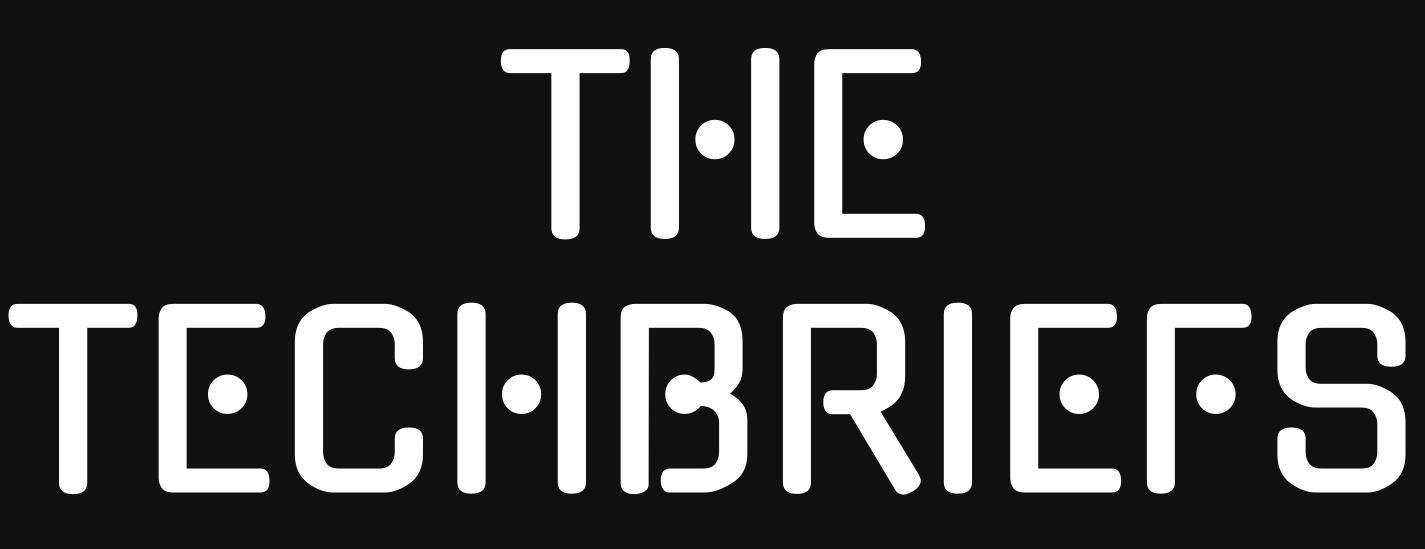California is cracking down on AI technology deemed too harmful for kids, attacking two increasingly notorious child safety fronts: companion bots and deepfake pornography.
On Monday, Governor Gavin Newsom signed the first-ever US law regulating companion bots after several teen suicides sparked lawsuits.
Moving forward, California will require any companion bot platforms—including ChatGPT, Grok, Character.AI, and the like—to create and make public “protocols to identify and address users’ suicidal ideation or expressions of self-harm.”
They must also share “statistics regarding how often they provided users with crisis center prevention notifications to the Department of Public Health,” the governor’s office said. Those stats will also be posted on the platforms’ websites, potentially helping lawmakers and parents track any disturbing trends.
Further, companion bots will be banned from claiming that they’re therapists, and platforms must take extra steps to ensure child safety, including providing kids with break reminders and preventing kids from viewing sexually explicit images.
Additionally, Newsom strengthened the state’s penalties for those who create deepfake pornography, which could help shield young people, who are increasingly targeted with fake nudes, from cyber bullying.
Now any victims, including minors, can seek up to $250,000 in damages per deepfake from any third parties who knowingly distribute nonconsensual sexually explicit material created using AI tools. Previously, the state allowed victims to recover “statutory damages of not less than $1,500 but not more than $30,000, or $150,000 for a malicious violation.”
Both laws take effect January 1, 2026.
American families “are in a battle” with AI
The companion bot law’s sponsor, Democratic Senator Steve Padilla, said in a press release celebrating the signing that the California law demonstrates how to “put real protections into place” and said it “will become the bedrock for further regulation as this technology develops.”



